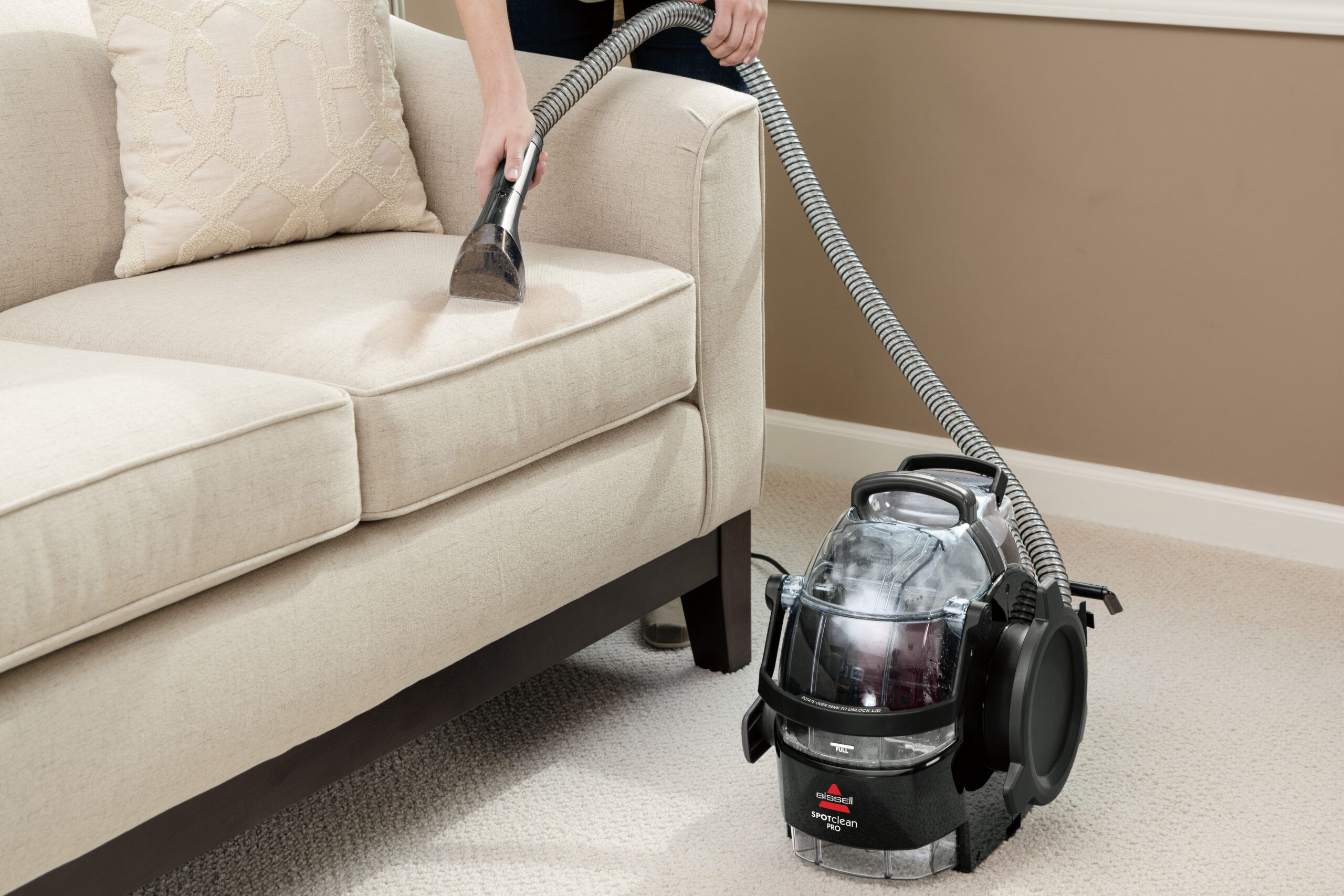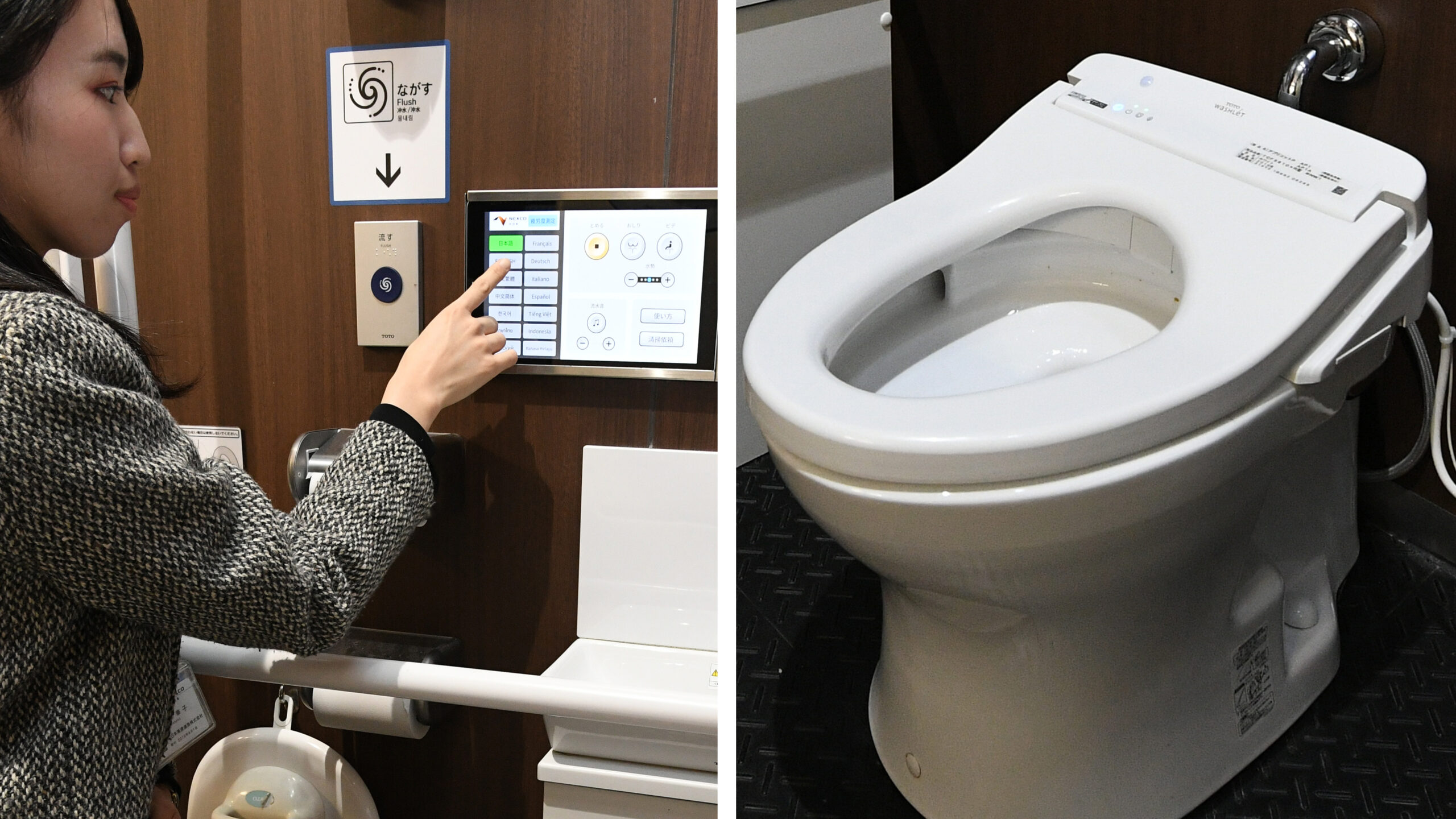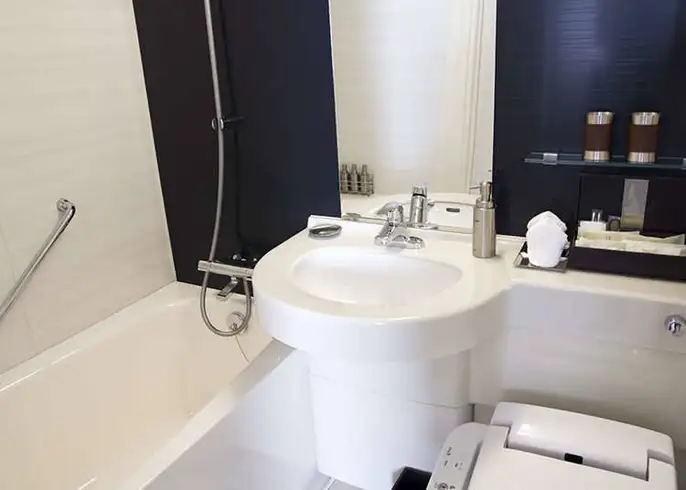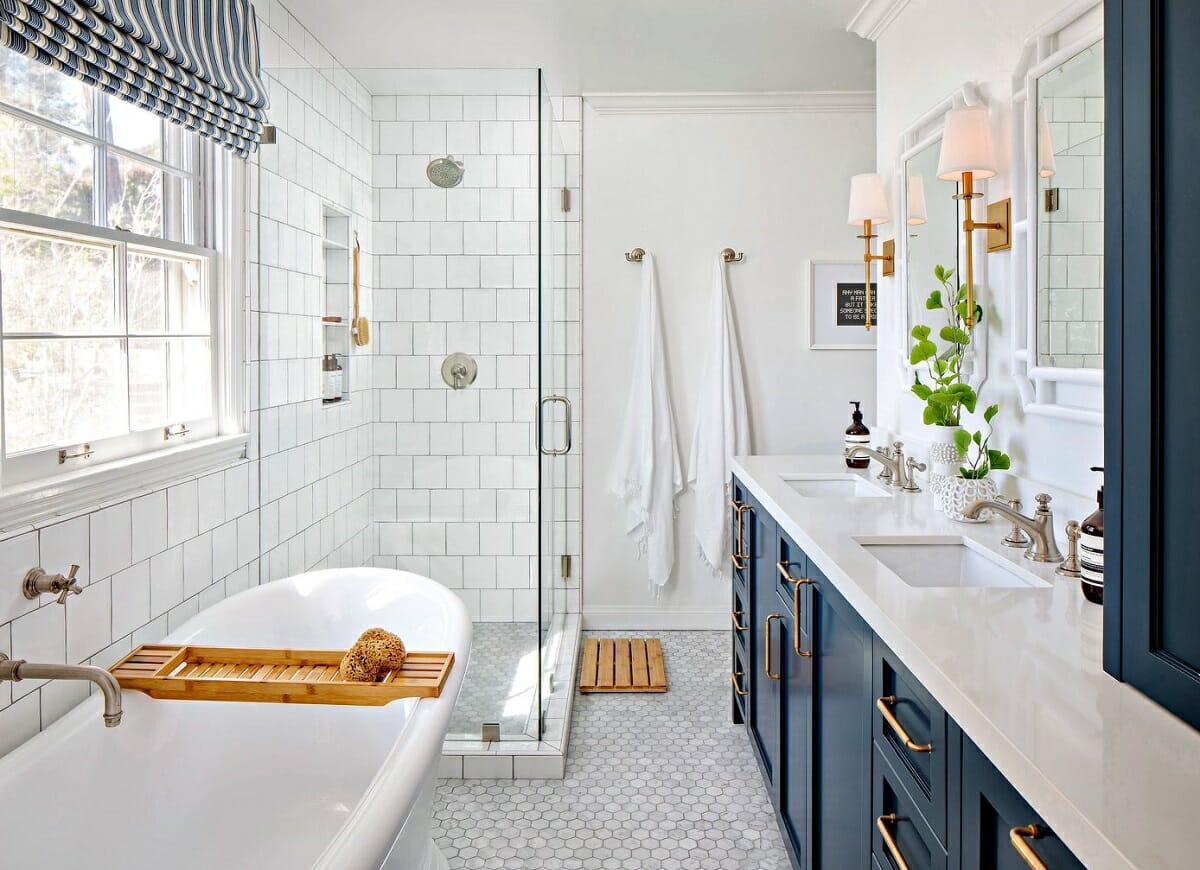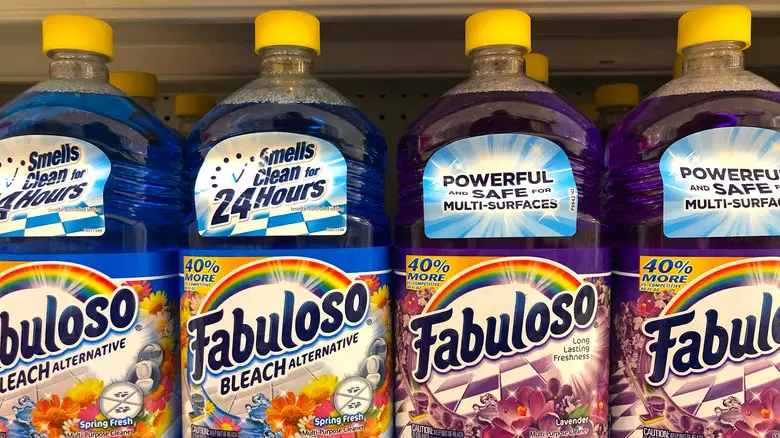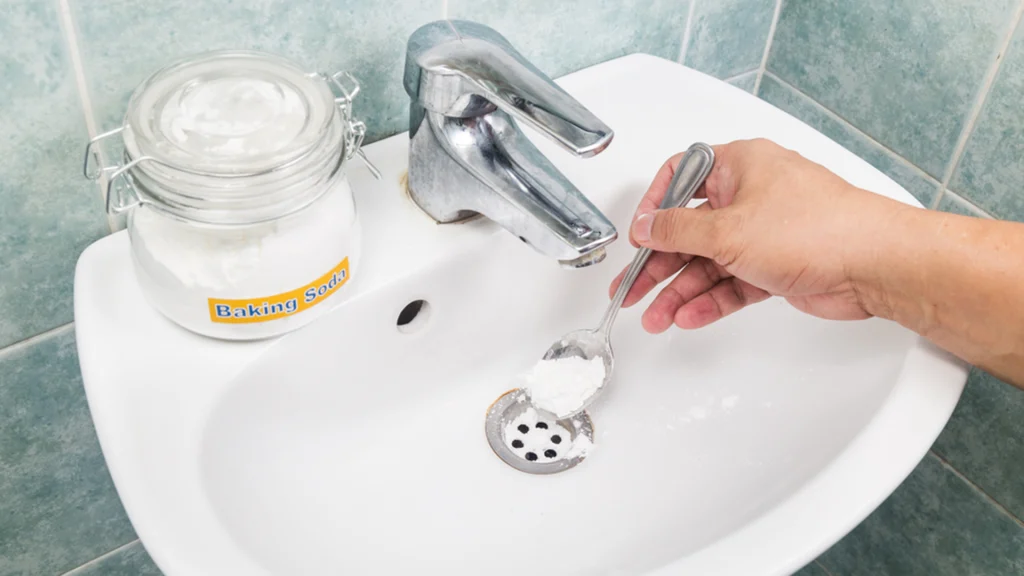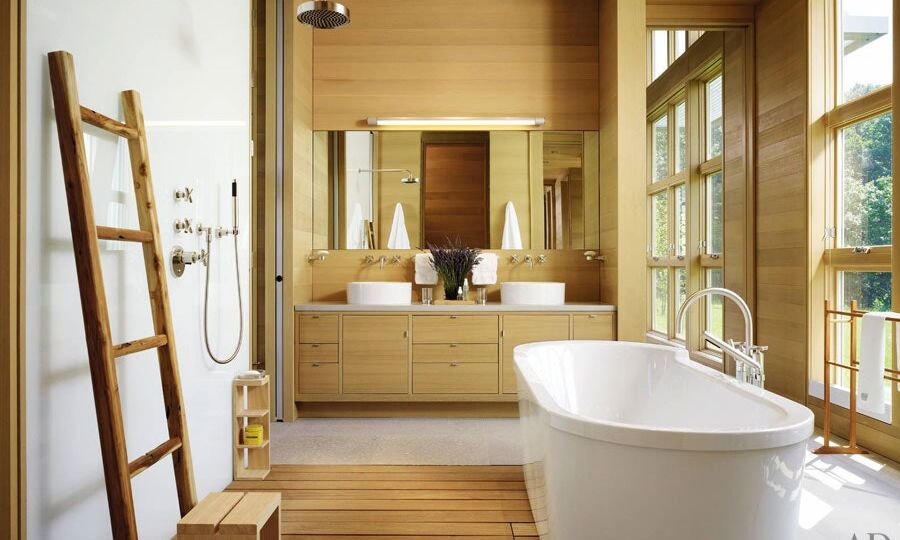As you may have suspected, given the culture surrounding Japan’s hot springs, the Japanese have a strong affinity for taking baths. The layout of Japanese bathrooms is designed to accommodate both showering and bathing in the space available to them. In certain western cultures, individuals wash in the morning as a method to wake up and start the day. In contrast, the majority of Japanese people take a bath in the evening as a way to relax and heal their tiredness. Because the Japanese place such a high priority on taking long, luxurious soaks in the tub, it should come as no surprise that their bathrooms are light years ahead of those seen in other nations. The following are examples of a portion of the most cutting-edge technology found in contemporary Japanese restrooms.
The layout of Japanese bathrooms
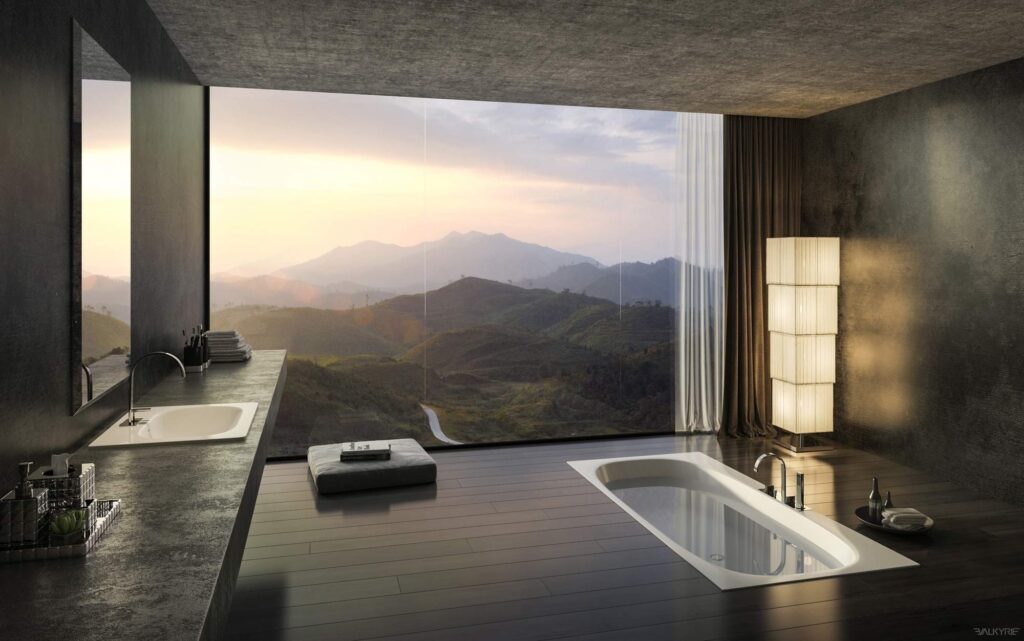
You will discover that the shower and washing section of a Japanese bathroom is divided from the bathing area, so that you have a total of two distinct spaces inside this portion of the bathroom. You are required to first wash yourself in the shower area before you are allowed to have a dip in the bath since bathtubs in Japan are not for washing but rather for soaking. Because the water is not emptied after a bath is had by each member of a multi-person household, all of the members of the household will use the same water for the duration of the evening. Because of this, it is critical to clean yourself well before getting into the tub. Many contemporary bathtubs have technologies that enable the water in the tub to be maintained at a certain temperature, making it possible for multiple people to take pleasure in a soothing hot bath.
Japanese bathrooms feature a unique layout. They are useful, efficient, and space-optimised. Japanese bathrooms include a separate shower and bathtub. The “water closet” permits simultaneous use of the toilet and other bathroom amenities. The wash basin outside the water closet is convenient for handwashing. Digital bidets with heated seats, variable water levels, and air drying are common in Japanese restrooms. Tiled flooring slope towards drains for easier cleaning and water drainage. Cleanliness, practicality, and space efficiency make Japanese bathrooms ideal for personal hygiene.
High-Tech Water Controller Installed in a Japanese Automated Bathroom‘
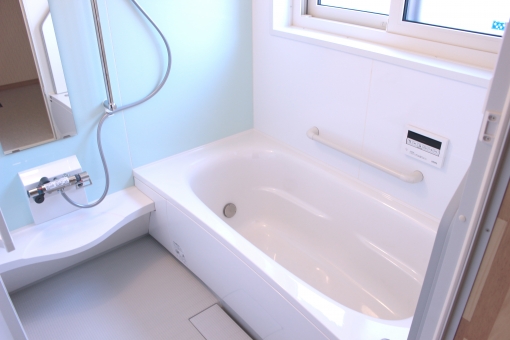
In Japan, bathrooms in relatively new buildings and those that have been recently remodelled often come equipped with a number of high-tech automated amenities that may be operated by a controller that is located on the wall. You may have a relaxing and stress-free experience while bathing thanks to the various amenities that are at your disposal. With only the press of a button on the control panel, you can perform a variety of things, like rewarming the water, adjusting the temperature, setting the time at which you would want your bath to be ready, and setting the time at which you would like the water to be, among other things. When the bath is ready, when someone is calling you from the bath, when you adjust the water temperature, or when any other settings have been changed, this sort of control panel will warn you in Japanese.
High-tech water controls bring convenience and style to Japanese automated bathrooms. These water controllers include extensive functionality and easy interfaces to customise bathing. Users may alter water temperature, pressure, and flow pattern with a few taps on the control panel. The controls may also regulate bathtub filling and massage jets. Japanese bathrooms include several high-tech water controls with integrated electronic bidets for a clean, refreshing feel. Comfortable controllers offer warm chairs and adjustable water temperature, nozzle position, and pressure. Japanese automated bathrooms use high-tech water controls to improve the bathing experience.
The capacity for both heating and drying
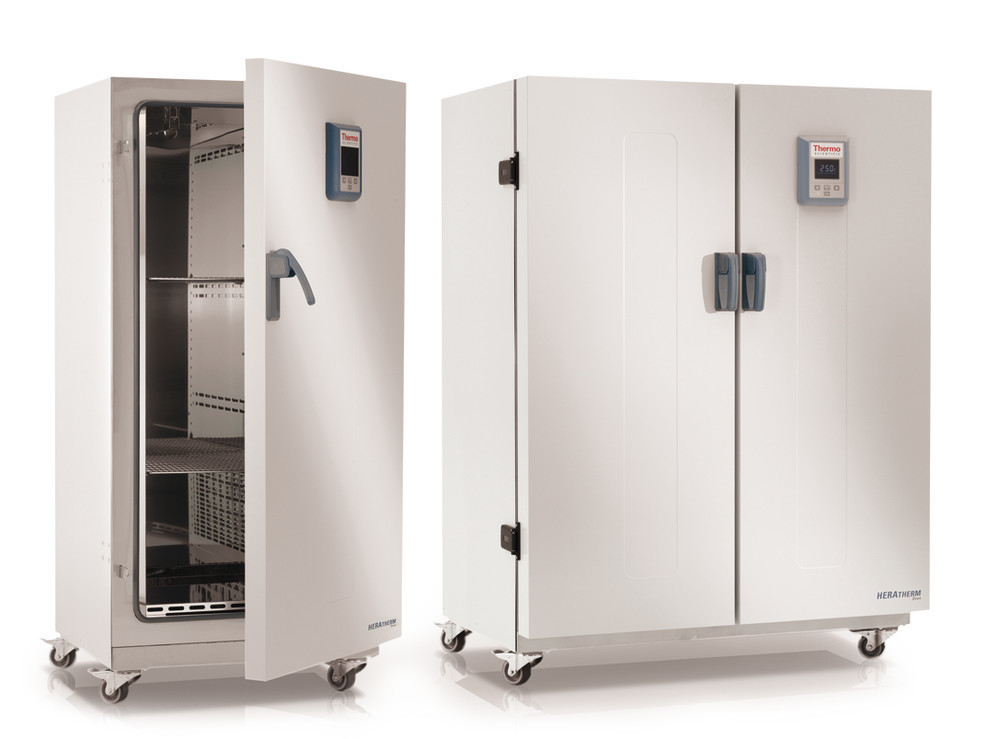
While you turn on the heating function in the bathroom, hot air from the vent in the ceiling is used to warm the space up. This ensures that you will not feel chilly while taking off your clothes in the middle of the winter. Utilising the drying feature also allows you to dry the whole of the bathroom. The drying feature also gives you the option to dry your clothing in the bathroom (as seen in the picture below), which is convenient for times when you are unable to hang your clothes outdoors (for example, during hay fever season or on days with high winds).
Japanese automated bathrooms’ heating and drying features demonstrate the nation’s dedication to technology and user-centred design. Combining these characteristics creates a spa-like bathing experience that promotes cleanliness and energy economy.
TV in the bathroom
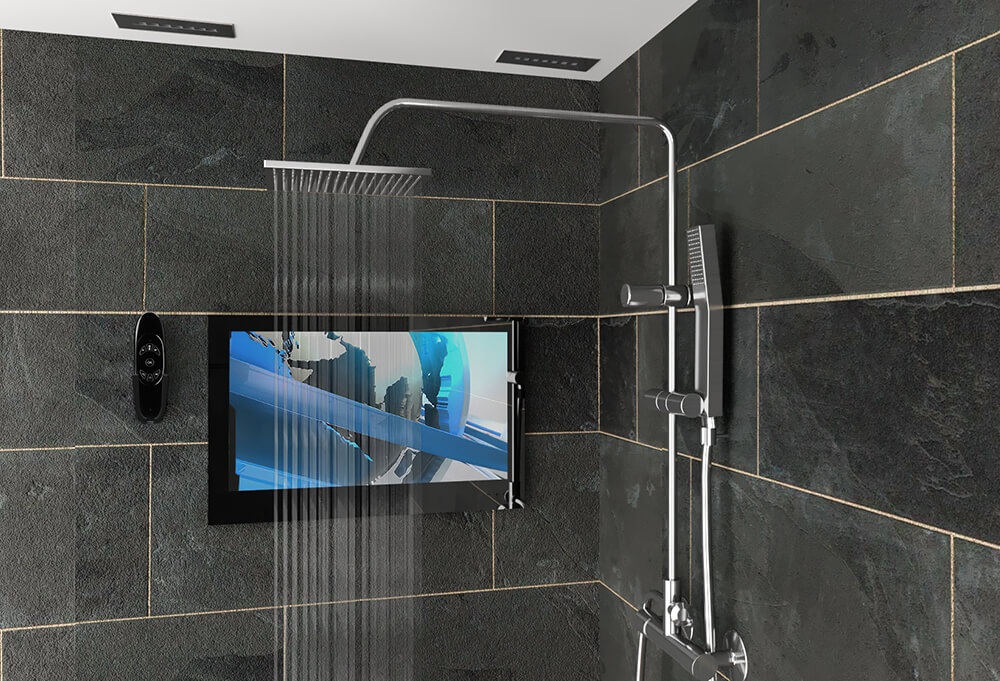
There are certain accommodations that have a television set up in the lavatory. On many of these televisions, it is possible to view television programmes, connect to the internet, and watch a diverse selection of movies and programmes. Rinnai is a brand that sells televisions for bathrooms with screen sizes ranging from 5 to 24 inches.
It is common practice to position the television in the lavatory in such a way as to provide the best possible viewing angles without sacrificing on either safety or use. It is meant to be resistant to moisture and humidity, and it may either be built into a mirror or fixed on the wall. In addition, developments in technology in recent years have enabled the production of televisions that are both watertight and resistant to water, and these TVs have been developed expressly for use in bathrooms. This has ensured their endurance and lifespan.
a Wash for the Neck and Shoulders
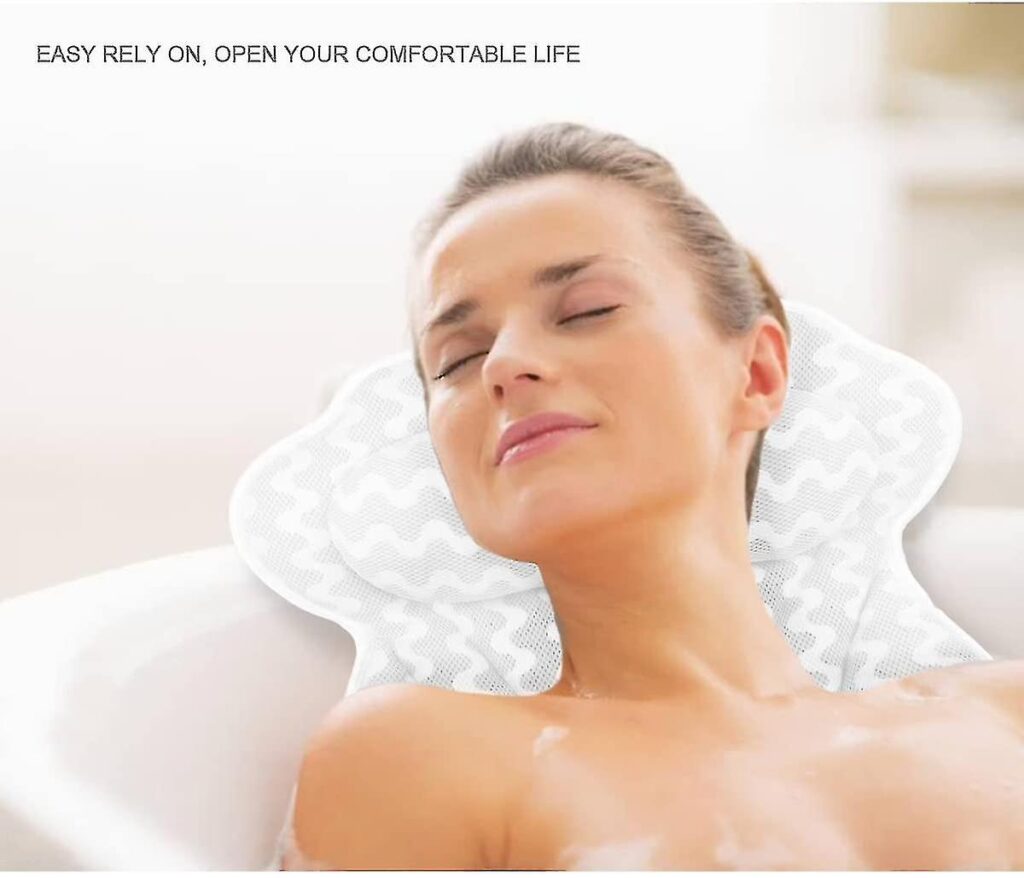
You may relax and unwind while having warm bathing water gently caress your shoulders and neck when you take advantage of a neck and shoulder bath. You will be able to reach a state of complete relaxation in this unique tub manufactured by TOTO. This kind of tub also comes equipped with a Jacuzzi function for added luxury.
The wash for the neck and shoulders has been carefully crafted so that it may cater to a variety of personal preferences and practical requirements. The water pressure and temperature may be adjusted according to the user’s preferences, making for a more individualised and pleasurable experience overall. Because of the meticulous placement of the water jets, the targeted places will get the tension-relieving and relaxation-inducing effects of the calming flow of water, which will be delivered to those areas.
Bath with Miniature Bubbles
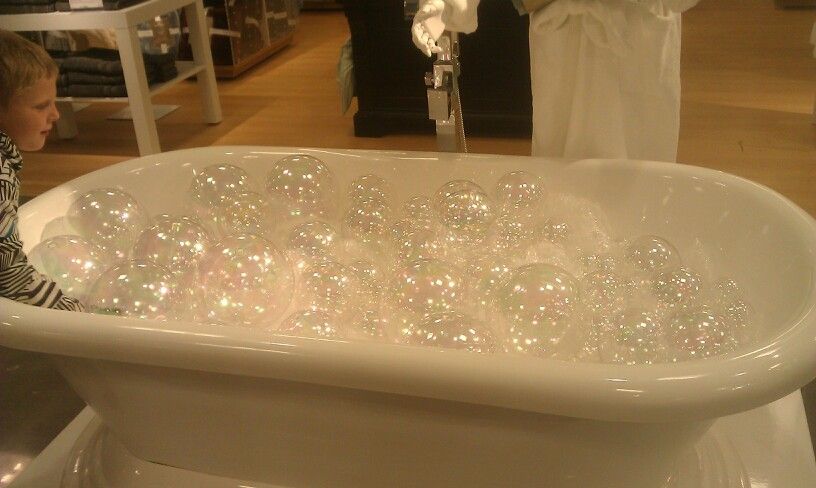
A pump is used in a system called a Micro Bubble Bath to saturate the water with millions of tiny oxygen bubbles, which leaves the water feeling smooth and looking white. Even if you don’t use any bath salts, the bubbles in this tub will still help to get you nice and toasty. Because the bubbles are so little, they are able to penetrate the pores of your skin, where they will gently exfoliate while also making your skin more supple. After having a micro bubble bath, your skin will continue to feel moisturised and smooth for a much longer period of time than it would after taking a regular bath. Sanso Bihoyu () is the name of Panasonic’s naming convention for this particular system.
The small bubbles serve a variety of functions, some of which are utilitarian and others of which are more hedonistic. In the first place, they provide a moderate massaging effect on the skin, which helps to promote blood circulation. Additionally, they exfoliate the skin. The minute bubbles cleanse the pores, eliminating any dirt or debris that may be present. As a result, the skin is left feeling revitalised and renewed. Additionally, the bubbles provide a layer of insulation on the top of the water, which helps to retain heat and maintain the temperature of the water for a longer amount of time. This enables users to engage in a longer and more soothing experience while they are bathing.
A Shower From Above
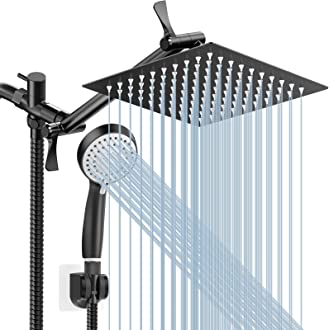
This huge shower incorporates air into the water, which results in the shower using less water overall. You may not only enjoy the pleasant sensation of water showering down on you, but you can also conserve a significant amount of water in the process. The shower heads used in Japan are likewise renowned for their practicality.
Mist Sauna
Perspiration, an improvement in blood circulation, an impact that helps the body maintain its temperature, and the ability to provide a moisturising effect are just some of the advantages offered by the Mist Sauna. It’s exactly like having a Sauna at home.
Thermo Tiles are also known as “non cold tiles.”
Because of the unique structures that are included into LIXIL Thermo Tiles, your feet will experience less discomfort from the cold while walking on the tiles.
TOTO also provides a different system known as Hokkarari Yuka, which keeps your feet from feeling chilly and has tiles with a pleasant texture. Both of these features are included in the product.
Cleaner for Self-Cleaning Bathtubs
The Noritz Automatic Bathtub Cleaner () cleans the bathtub automatically; you may use it either before getting ready to take a bath or after you have finished using the tub.
Utilising a cleaner that is specifically designed for use with self-cleaning bathtubs guarantees that the tub will continue to function at its optimum level, so preserving its ability to clean itself and avoiding the accumulation of tough stains or residue over time. By maintaining a high level of cleanliness, freshness, and aesthetic appeal in the bathtub by consistent use of the cleaner, a perfect bathing experience is created.
Automatic Device for Cleaning the Bathroom Floor
The TOTO floor cleaner both cleans and disinfects the flooring in the bathroom. To use it, you just need to push the button once, and then it will clean the floor on its own.
The Japanese Bathroom Is Always Trying to Improve
Because Japanese people like bathing so much, Japan has developed a culture that revolves on the act of taking a bath. Because of this, the technology associated with bathrooms continues to make great strides forward every year in Japan. The functionality, aesthetics, and cutting-edge technology of a contemporary Japanese bathroom are going to blow your mind. When you move into your next flat or home in Japan, wouldn’t it be fantastic to have contemporary Japanese bathroom features?
The never-ending quest for innovation is on full display in Japanese bathrooms, which include everything from self-cleaning bathtubs and small bubble baths to high-tech water controls with adjustable settings and bidet functions built into the design. These technological developments not only improve ease of use and comfort, but they also place a premium on cleanliness, energy efficiency, and environmental responsibility.

